How to grow Ageratina
Ageratina (also known as Eupatorium) is a huge genus in the daisy family, consisting of around 290 shrubs and herbaceous perennials from North, South and Central America along with the West Indies. The species offered by Hayloft is Ageratina altissima ‘Chocolate’; a cultivar of a hardy, clump forming perennial from eastern North America. Also known as white snakeroot, the name derives from the fact that Native Americans reportedly used an extraction of the roots as a remedy for snake bites.
Ageratina altissima ‘Chocolate’ is bushy, dense and statuesque in appearance. Stiff, bronze-chocolate, nettle-like leaves are held on upright stems, above which masses of fuzzy, pure white flowers are borne over a long period from mid-summer to early autumn. Extremely attractive to bees and butterflies, these blooms are often seen humming with life. Happiest in partial shade in moisture-retentive soil Ageratina altissima ‘Chocolate’ is valued for its late season interest and its ability to brighten an area with its almost glowing white, long-lasting flowers. Indeed, the name ageratina is derived from the Greek for ‘un-aging’, in reference to the flowers’ ability to remain in good condition over a long period of time.
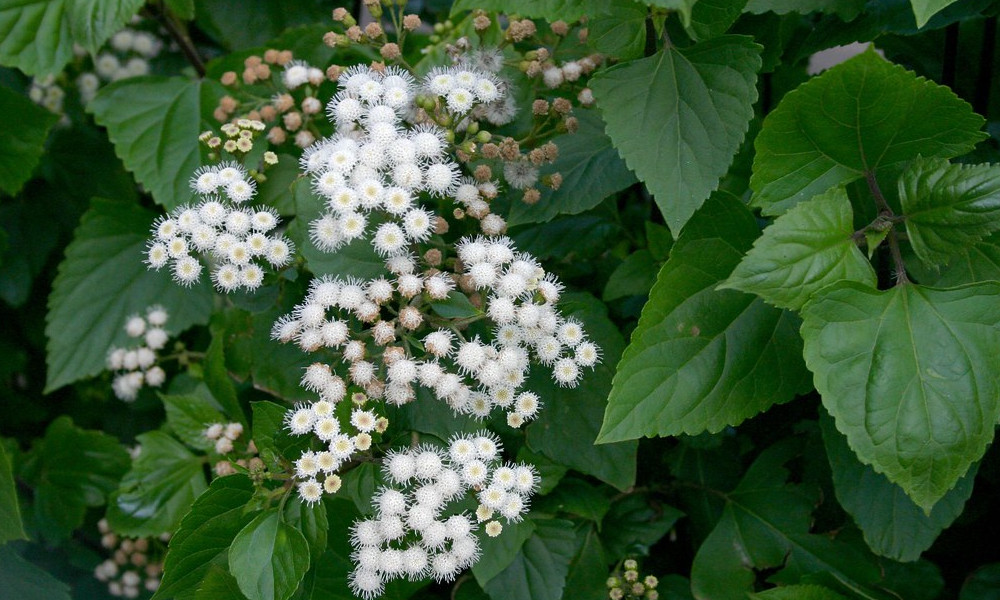
Key Information
Soil pH
Position
Hardiness

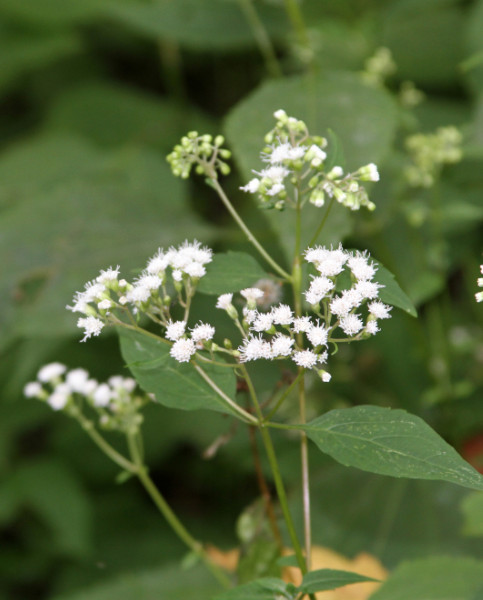
Where & when to plant Ageratina
For best results, plant in autumn or spring. An autumn planting is suitable for those gardening in ‘mild’ conditions. (Broadly speaking, this is the southern half of the UK). For those liable to very cold winters or waterlogged ground, it is best to wait until spring. (This is generally the northern half of the UK, or anyone gardening on heavy, clay soil).
Planting can be done at other times throughout the year providing a watchful approach to watering is taken until plants are established.
Ageratina altissima ‘Chocolate’ prefers moist, well-drained soil in partial shade, though has a fairly tough nature and is able to tolerate a range of conditions.
How to plant Ageratina
Clear the area of weeds
Dig an extra deep planting hole and add well-rotted organic matter (to increase moisture retention during drier months)
Place the plant in the hole
Backfill with soil and gently firm in with your foot
Soak well with water
Mulch around the base with well-rotted organic matter
Continue to water well until fully established
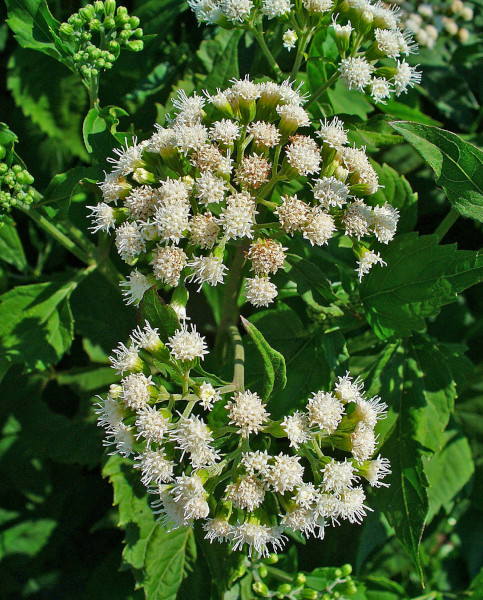
What to plant with Ageratina
Ageratina altissima ‘Chocolate’ looks great with other partial-shade loving, late-flowering perennials. Impress with a late season combination of actea, persicaria and Japanese anemone.
If you would like any further planting ideas or growing advice for your ageratina, please contact our friendly and knowledgeable Customer Care Team - who will be more than happy to help you.
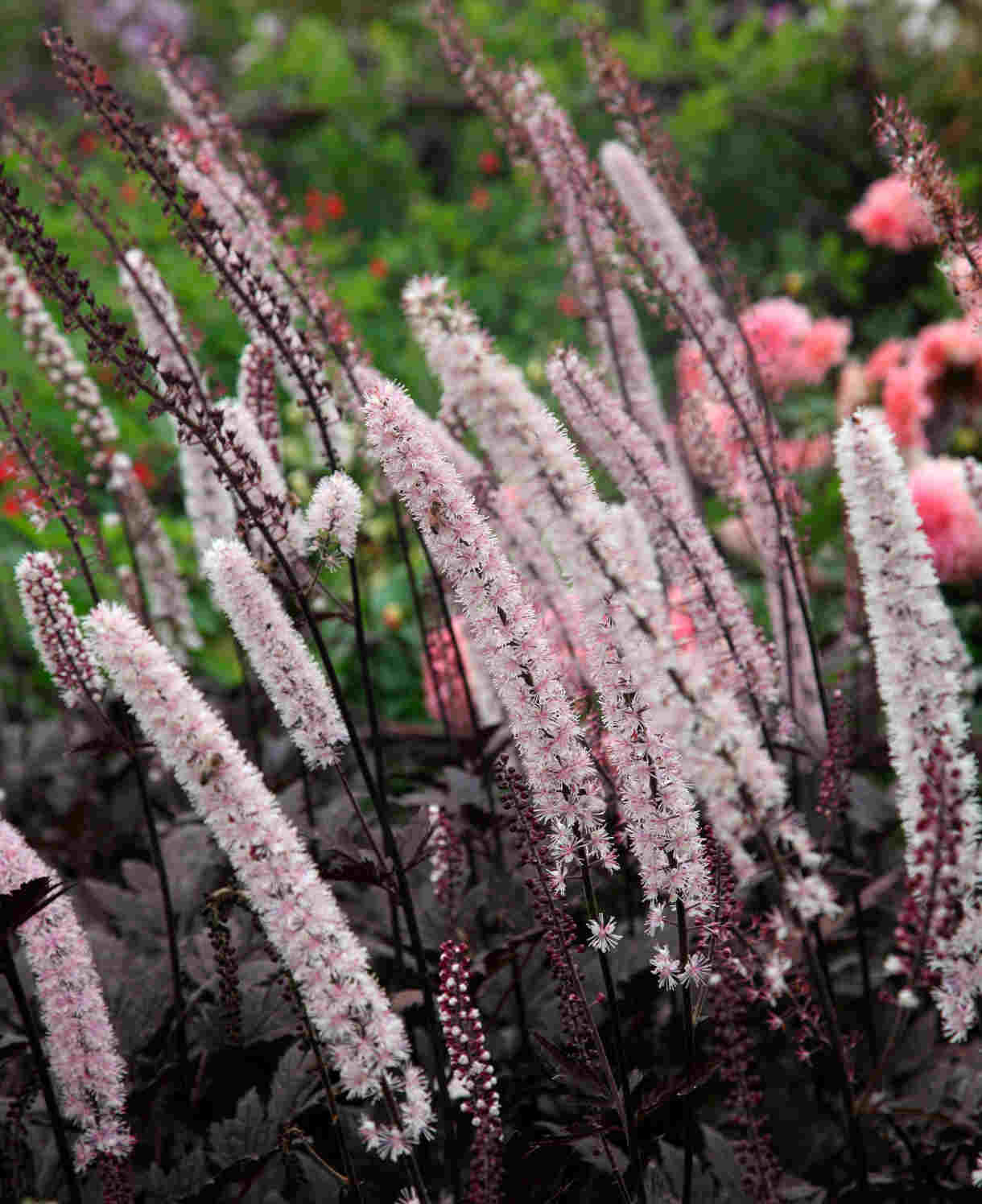
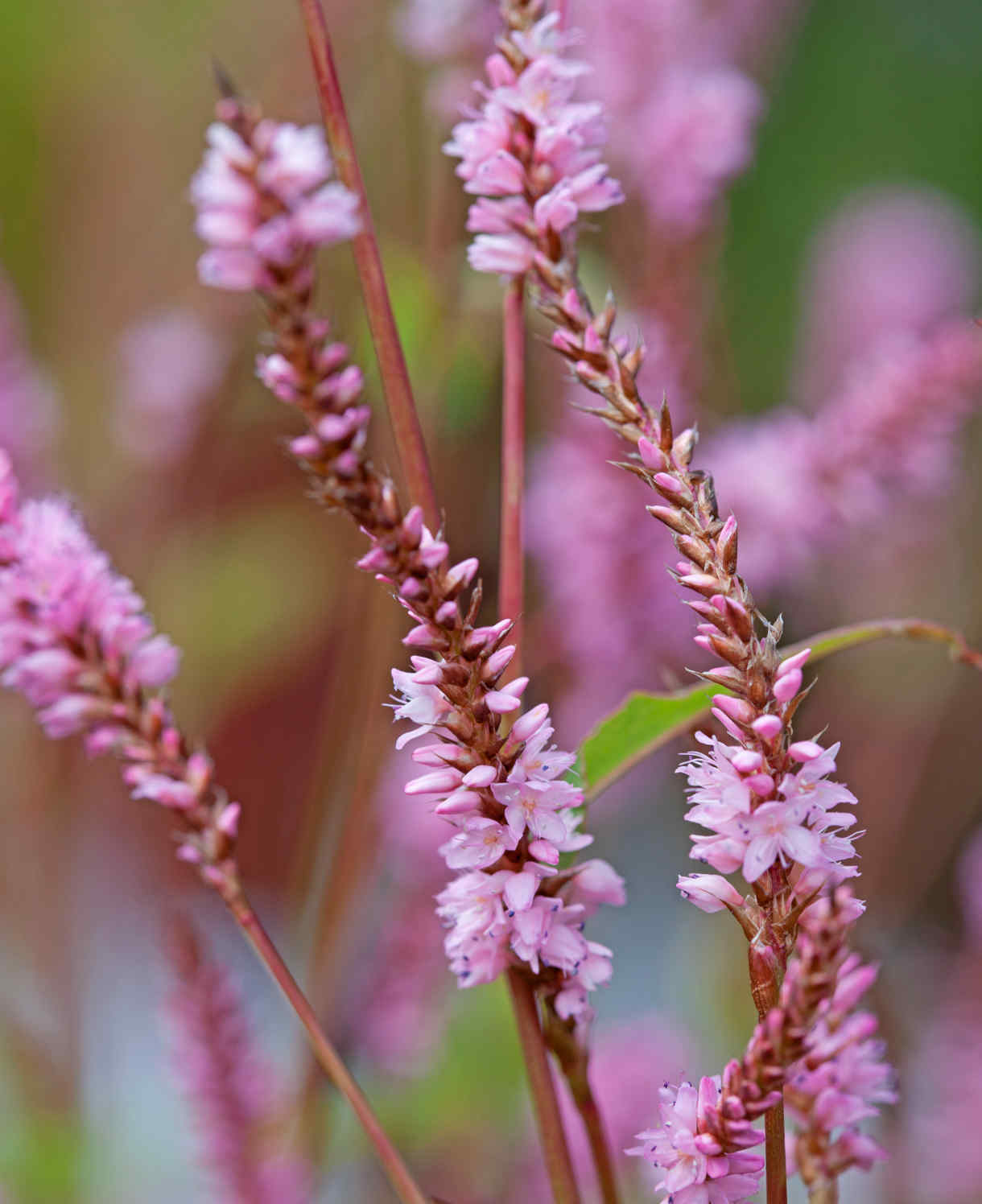

How to care for Ageratina
Pruning and Deadheading
Cut down to ground level as growth dies back in autumn/ early winter.
Watering
Water this moisture-loving plant well until established, then in very dry periods as required.
Cold Protection
While Ageratina altissima ‘Chocolate’ is hardy, young shoots can be prone to frost damage. Protect with horticultural fleece if any late frosts are expected.
Pests and Diseases
Slugs and aphids can be troublesome on ageratina.
Slugscan be partial to nibbling on young shoots and leaves, and can be a nuisance. An holistic approach tends to work best; try to maintain good garden hygiene, removing the kind of habitat in which slug populations can thrive (drifts of fallen leaves, piles of decaying wood etc.). Encouraging natural predators such as birds, toads and hedgehogs can also have a big impact.
Aphids are small, sap-sucking bugs which form colonies on leaves and soft stems. An essential part of the wider food chain, aphids should be tolerated if possible. However, if present in numbers so substantial they distort growth, reduce vigour, and encourage the formation of sooty mould, you may wish to remove by organic means. This can be as simple as wiping off and squashing by hand, or regularly blasting off the plant using a jet of water from a hose.
How to propagate Ageratina
The quickest and easiest approach to propagating ageratina is to lift and divide established clumps in spring or autumn (every three to four years is ideal). As well as providing new plants, this also maintains the health and vigour of existing specimens.
- Choose a day when the soil is not frozen or waterlogged
- Dig the plant out of the ground
- Shake off any excess soil
- Separate the plant into sections using either swift, cutting blows with a sharp spade, or two forks inserted back-to-back with tines touching, handles then pushed together to prise the plant apart
- Discard old, damaged or surplus pieces, keeping healthy, vigorous material
- Replant or pot up selected pieces as required
- Water well until fully established
Common Ageratina Questions
I have seen the same plant referred to as Eupatorium. Which is correct?
All species of ageratina used to belong to the eupatorium genus, before being reclassified by botanists after a taxonomic revision. Changes such as this can take a several generations to fully catch on, and so it is likely you will see the plants referred to by both names for some time.
What uses does this plant have?
Ageratina altissima ‘Chocolate’ makes an excellent, long-lasting cut flower.
Is this plant poisonous to humans?
Indirectly, yes. Ageratina altissima contains a toxin which, when digested by cattle, causes their meat and milk to become toxic to humans. Many thousands of early settlers in America were killed by consuming contaminated milk, unfamiliar as they were with the effects of the plant. As such, it is best to avoid planting anywhere near cattle grazing sites. Ageratina altissima is also poisonous to horses, goats and sheep.




